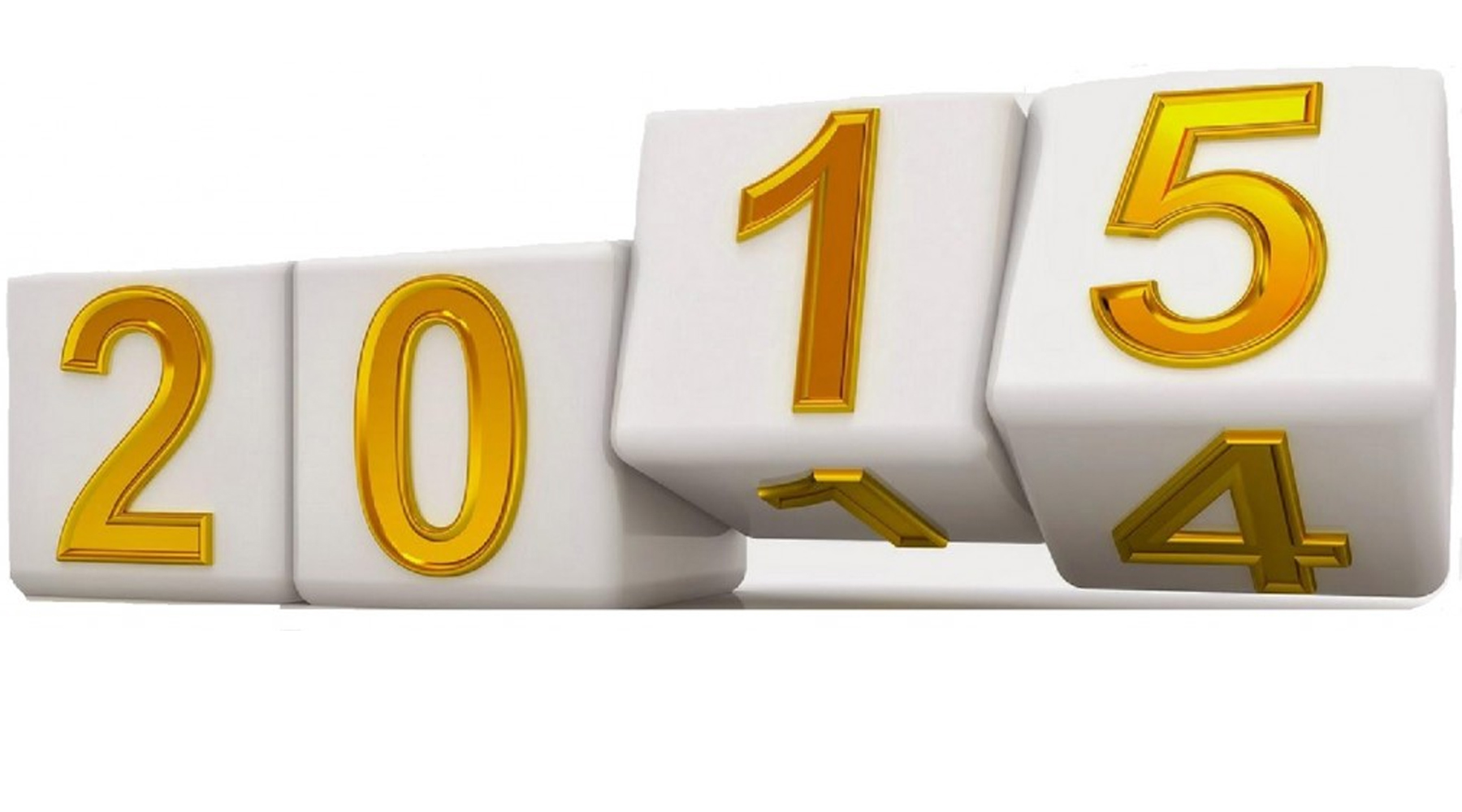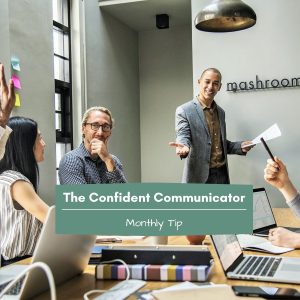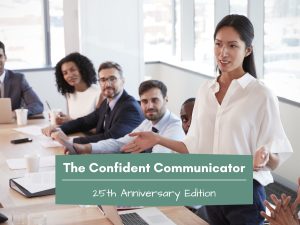
A new year is here and so follows a new line up of presentations — many of which will give you the opportunity to exhibit your leadership, your contributions, and your ideas. Presentations are possibly the most influential form of communication at your disposal. That’s why we’re committed to helping you shine all year long.
To kick off the new year, we’d like to take a different approach. In fact, we are going to use a word we rarely use, “never” — as in…
Never let these four sneaky habits tarnish your presentations again.
Never say, “I know you can’t read this but…”
That’s the little phrase that escapes our lips when we realize that the font in our PowerPoint slides is too small for our audiences to read. The last thing you want your audience to be mentally asking is, “If I can’t read it, why is it there?” Or worse, “What are you hiding?”
Tip: Remember that the best presenters are audience advocates. They eliminate distractions and provide visuals that enhance, not detract, from the presentation. By the way, 24-point font is a good font size to target for visual aids.
Never start your presentation with, “Hello, my name is…”
Imagine a presentation starting with, “Hi, my name is Steve Jones and I’m here to talk to you about compliance.” Boring and not very effective. Your audience may be in the room with you physically, but who knows where they are mentally. Your opening should bring their mental attention into the room.
Tip: Your opening should fit the audience, the topic and your style — and you can choose from a variety of proven strategies to engage your audience. For example, you can ask a question, introduce a noteworthy statistic, tell an intriguing story, or bottom line it by starting with your core message.
Never go from one slide to another by saying, “On the next slide…”
Transitions are a presenter’s most handy tool. When done well, they make it easy for your audience to move from one slide to the next or from one main point to another and know what they are supposed to glean. “On the next slide…” does not leverage this handy tool enough.
Tip: The key to effective transitions is to say them before you advance to the next slide or move to your next point. This shows that you are driving the presentation versus the presentation driving you. Here’s a simple example. Use the transition, “And as you will see, we have been fortunate to work with many Fortune 500 companies…”, then advance to the next slide with logos of all of your clients.
Never end your presentation with, “That’s all I have. Any questions?”
We know that audiences remember the first and the last thing you say — the very reason closing with purpose is key! And, your closing should echo your opening. The close is not the time to introduce new information.
Tip: Simply put — when you close, revisit your opening. Re-engage your audience, summarize your main points, and then restate your purpose. Doing so will ensure your audience leaves with the right information top of mind.
It’s helpful to remember that when you have the opportunity to deliver a presentation, it is because you have valuable information and ideas to share. Start the new year with a commitment to never (yes, just one more never) let these types of phrases dilute your impact, information, or ideas.


